Let’s rewind. This past Sunday afternoon, iPhone sirens blared and the following message flashed across the screen of hundreds of thousands of Philadelphians:
“City of Phila recommends using bottled drinking water from 2PM 3/26/2023 until further notice for all Phila Water Department customers. Contaminants have not been found in the system at this time but this is out of caution due to a spill in the Delaware River.”
What ensued were some of the scariest and most confusing few days in recent memory.
Worried citizens packed into big-box and grocery stores alike, buying up all the bottled water, moving on to the Gatorade and triggering international media attention. Over the next 48 hours, officials within the Kenney administration regularly pushed out new messaging seeking to reassure city residents, saying there was no sign of contamination in the city’s water supply and moving back the timeline for when it could potentially arrive. Mostly, they were met with suspicion and scorn from all corners, including residents, media outlets and candidates seeking to replace Kenney in the mayor’s office later this year.
Then, on Tuesday night, word came down that it was all over, just like that.
“City declares water is safe, will not be impacted by spill,” the latest smartphone message asserted.
So … what gives?
As a journalist who has sat in many tense rooms as communities grappled with tainted water supplies, here’s what I saw, based on my reading of all available information and conversations with water experts.
Just after midnight on Saturday, authorities say a pipe ruptured at a chemical plant called Trinseo Altuglas in Bristol, a little over eight miles up the Delaware River from Philadelphia’s Baxter Water Treatment Plant, the city’s largest. Reportedly, some 8,000 gallons of a trio of chemicals used in plastic production leaked into the nearby Otter Creek near its confluence with the Delaware.
Chris Crockett, a former deputy commissioner at the Philadelphia Water Department and now chief environmental and safety officer at suburban water provider Essential Utilities (aka Aqua Pennsylvania), told me that emergency response infrastructure quickly went into effect.
In 2005, the Philadelphia Water Department led the creation of the Delaware Valley Early Warning System, which is essentially a contamination alert system for drinking water utilities across the region. When a chemical spill or similar incident occurs, the system automatically models how and when it will move through the region’s waterways and warns utilities with vulnerable water intakes.
The Pennsylvania Department of Environmental Protection (PADEP) confirmed to Grid that the event was categorized as “high risk,” which generated both phone calls and emails to all potentially impacted water providers and also calculated “a time of travel to downriver intakes.” Utilities were free to make their own decisions from there.
For Aqua Pennsylvania, their actions were a no-brainer, Crockett says. One of their intakes on the Delaware was located less than one-half mile upstream from the plant, making it vulnerable as the river’s tidal action can push contaminants northward. Crockett says the company had flexibility to replace the water with other sources throughout its suburban network and leave the plant offline until it was sure the chemicals were gone.
In fact, Crockett said a spill of the Altuglas magnitude isn’t even that out of the ordinary. Every year brings many kinds of spills or accidents across the watershed. In 2004, nearly 300,000 gallons of oil spilled into the river in Paulsboro. The following year, 100 million gallons of toxic fly ash entered the upper watershed. In 2012, more than 20,000 gallons of vinyl chloride leaked into the river from New Jersey.
So what happened in Philadelphia this time around? By various accounts, after word of the spill went out, water department officials began reviewing models of how the chemical plume could move down the river, while also coordinating with agencies like the Environmental Protection Agency and U.S. Army Corps of Engineers on what actual testing of river water was showing.
The circumstances in the war room likely looked like this:
- Altuglas claimed three chemicals had leaked. While each one comes with various health effects, toxics experts generally have said that none would be likely to seriously harm people at low levels, after being diluted by the robust Delaware River. But that wasn’t certain, and it is also not unheard of for chemical companies to update the list of spilled chemicals after the fact to include something potentially more nefarious.
- While modeling and testing the river is useful, it is not foolproof. Chemicals can become caught up in rocky outcrops and appear to dissipate only to reemerge later. Crockett, whose lab tested many of the samples taken over the past few days, echoed City officials in saying that all testing of river water and various intakes showed no detectable levels of the chemicals except at the epicenter of the spill. But, that does not create certainty that the chemicals were not still lurking somewhere in significant amounts and making their way toward the city’s intake.
- Scars remain fresh on the national psyche from the train derailment and chemical releases in East Palestine, Ohio, in early February. And the two incidents shared a common chemical: butyl acrylate, which the CDC says can “cause redness, tearing, and irritation of the eyes, runny nose, scratchy throat, difficult breathing, and redness and cracking of the skin.”
Facing all these variables, in a Monday press conference, Mayor Kenney said the City’s ultimate decision was to ensure that no amount whatsoever of the chemical spill reached the tap water of Philadelphians, by alerting the public and putting the Baxter plant on a minimum operating level. Thus, the City chose drastic action even as the chemical threat may well have been a phantom.
Again, speaking as someone who has been in rooms where public officials deny any public hazard exists even when it clearly does, I think the City’s reaction could have been far worse. And by Tuesday, it appeared the authorities were convinced that the threat, to the extent there ever was one, had passed. In the end, all available evidence suggests Philadelphians were kept safe.
But that still leaves hard questions about the City’s communication strategy.
Somewhere, someone made the decision to push out the first mass-text alert on Sunday, triggering the start of panic. Officials with PADEP confirmed to Grid that the sending of such alerts was at the sole discretion of the city’s officials. The calculus behind their decision and reasons for the specific wording used — “use bottled water until further notice” — are at this point unknown.
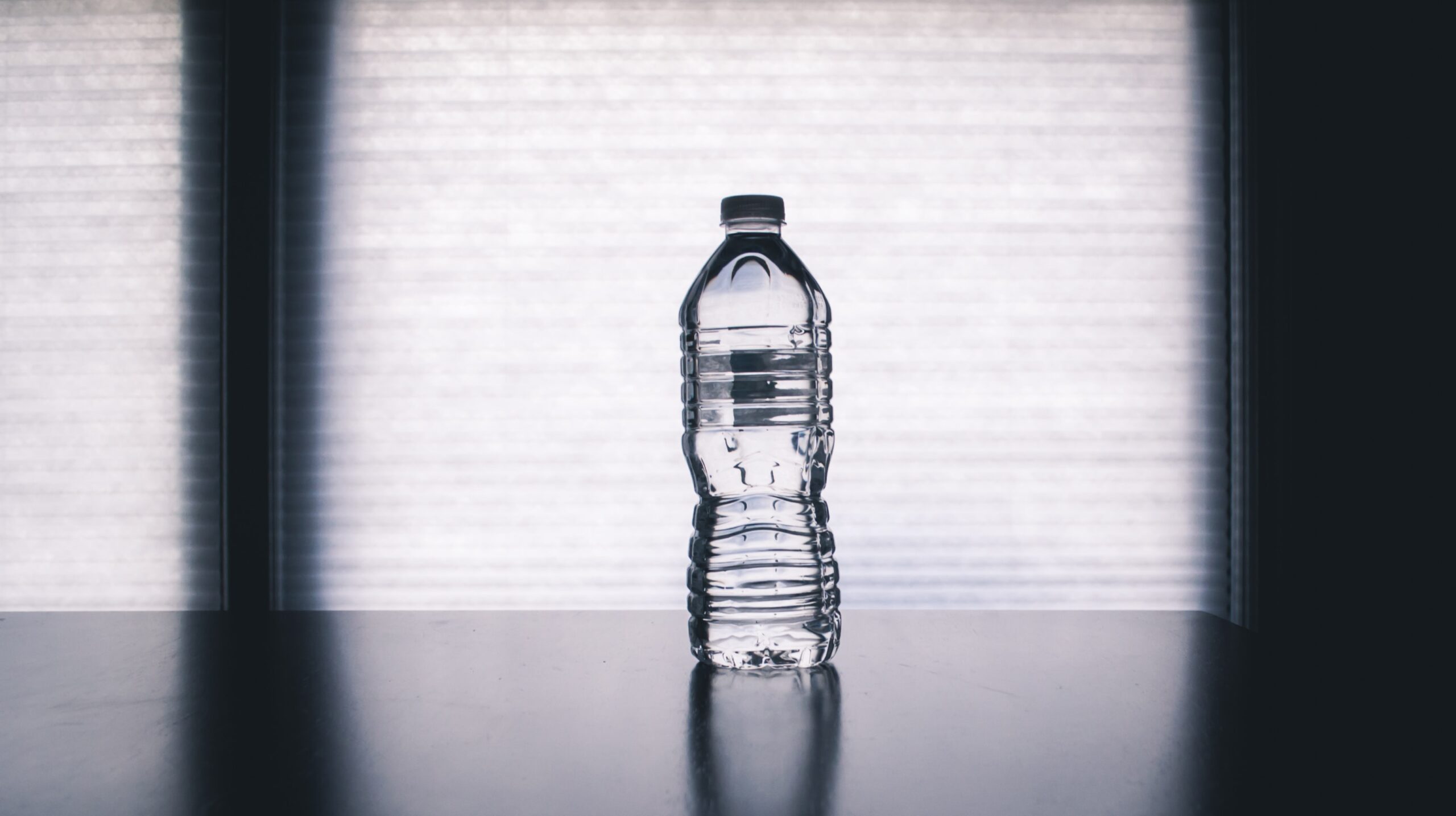
Next, the City’s slow drip-drip of updates, keeping fresh the specter of maybe-soon-to-be-contaminated drinking water, might have been meant to reassure, but in many ways did the opposite.
Ultimately, a great amount of accountability should be placed on Trinseo Altuglas and environmental regulators. What failed, why and what will be done to prevent it — or something even worse at the next plant down the river — from happening in the future?
But in Philadelphia, the trials of the last few days suggest a deep need for City officials to take a hard look at their crisis communications playbook and perhaps do some cleanup of their own.

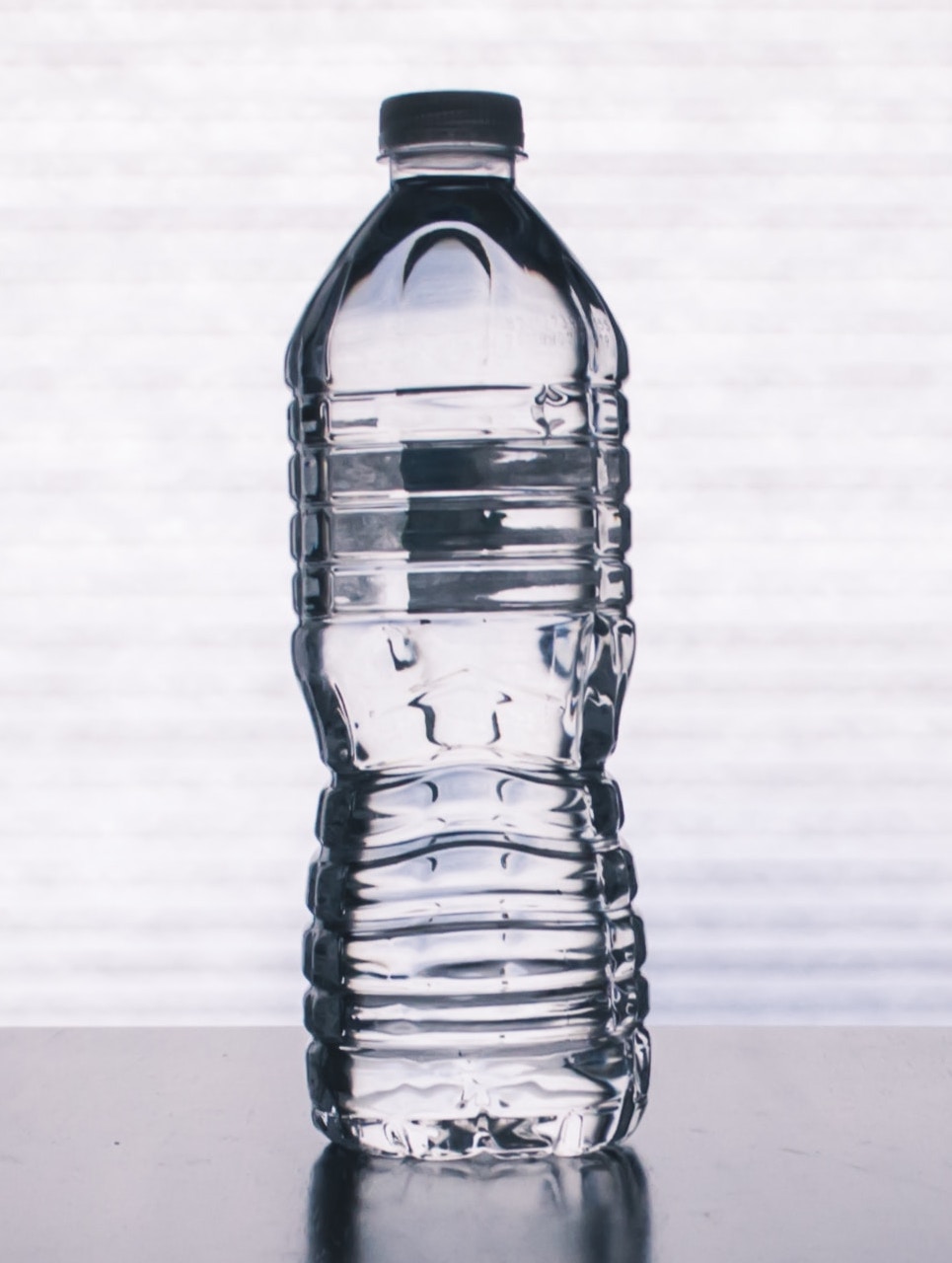
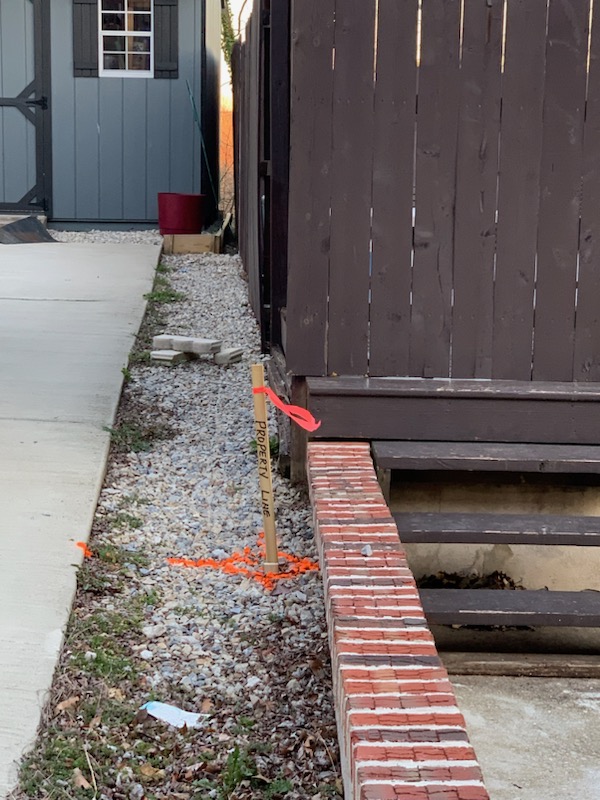
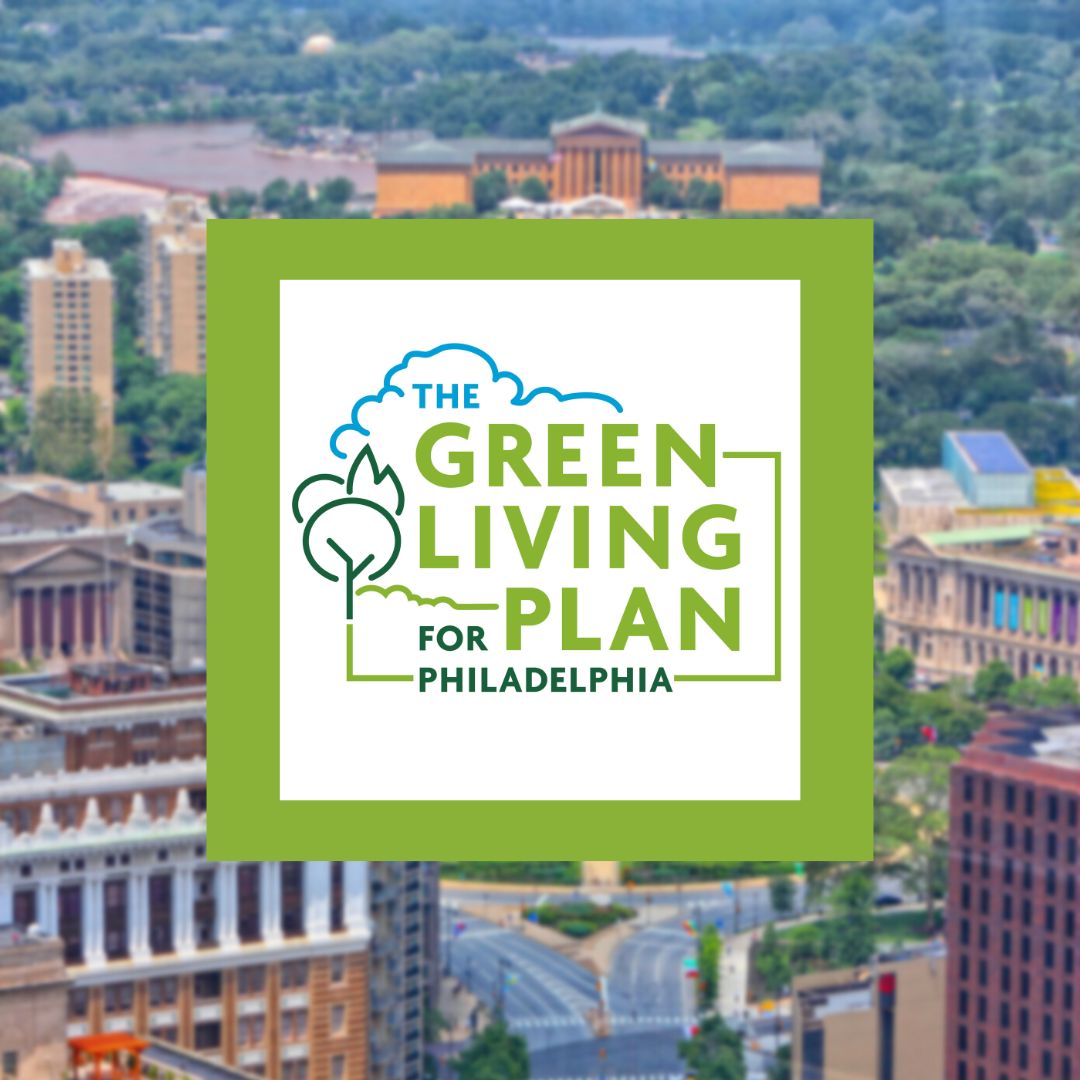
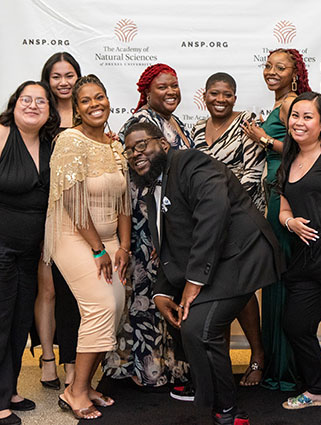


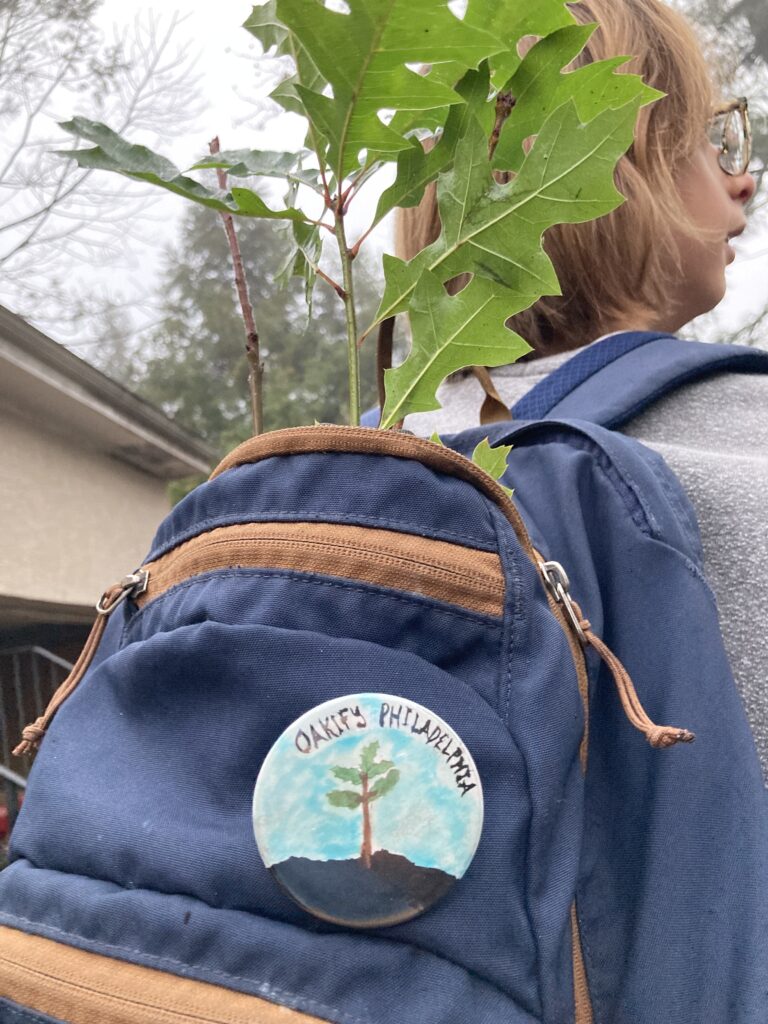

I’m 87, a natural skeptic, seldom believe in conspiracy theories, but when the confusion became panic (and plastic) I thought, “Follow the money!” The spill was real, but the panic didn’t need to be, I began to think there was a self-styled journalist in or near the mayor’s conference room who tiptoed to a quiet corner and phoned the hucksters at his favorite pay-off corporations, those who sell plastic bottled water, who are eager to propagandize on behalf of fear and big consumer spending, and don’t give a goldurn about anyone but themselves and their endless greed.
Since I have a filter on my kitchen tap and just renewed it (something done regularly) I decided to stay with city water. Occasionally I get a runny nose but it’s chronic and spring pollution is likely to bring on one or more allergies. I have the ex-professional environmentalist’s desire never to drink from a plastic bottle, but also need to save money. I didn’ t slip a dime into the greedos’ money bag.
PS: I love GRID!! I’ve lived in 15 states, Hawaii to Florida, California to Rhode Island, in about 40 houses, shacks, tents, hotels, or temporarily with friends, and GRID is the most attractive—and most progressive—urban news source I’ve ever read–cover to cover!